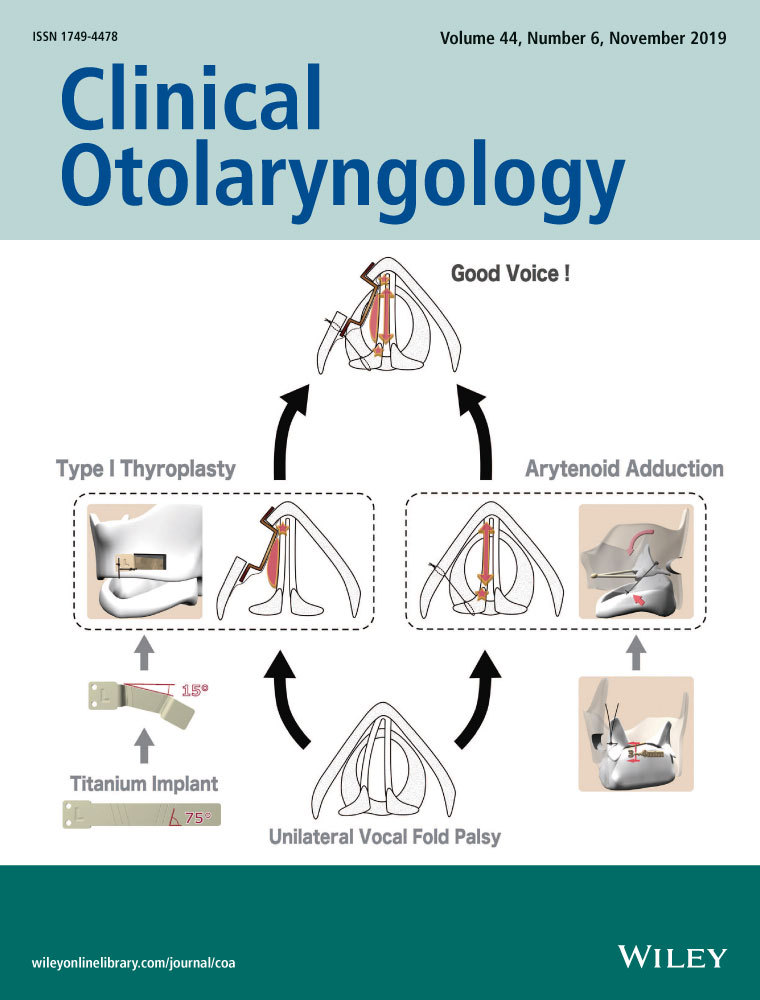Clinical feeding examination with cervical auscultation for detecting oropharyngeal aspiration: A systematic review of the evidence
Abstract
Background
Cervical auscultation (i.e. listening to swallowing sounds) is the most commonly used technique in adjuvant to the clinical feeding examination by speech-language pathologists worldwide to assess for oropharyngeal aspiration risk in children. Despite its relative popularity in clinical practice, little is known on the clinical utility of cervical auscultation within a paediatric population.
Objective
To determine the diagnostic test accuracy of the clinical feeding examination with cervical auscultation in the detection of aspiration in children.
Type of review
Narrative review. Prospero Registration: CRD42017081467 Search strategy: Medline/Pub Med, Embase, CINAHL, AustHealth, Cochrane and UQ (Scopus) were searched up until October 2017. Specifically, the search terms used were: (((oropharyngeal OR respiratory) aspiration) AND (child* OR pediatr* OR paediatr*) and (cervical auscultation OR swallow sounds OR swallowing sounds OR accelerometry OR swallowing acoustics)). The search strategy also included scanning reference lists and citations of retrieved studies.
Evaluation method
Extracted studies were reviewed by two independent reviewers. Methodological quality of studies was assessed using the QUADAS-2 tool.
Results
Only one study met inclusion criteria for this review, which had a bias for flow and timing. Use of cervical auscultation in conjunction with the clinical feeding examination to predict aspiration had a positive predictor value (PPV) of only 0.49 (0.31-0.66), indicating potential over-prediction of aspiration when cervical auscultation is used. In contrast a high NPV of 0.92 (0.78-0.98) was reported indicating that cervical auscultation is useful at ruling out aspiration in children.
Conclusion
This review highlights the paucity of research studies assessing the accuracy of cervical auscultation as an adjuvant to the clinical feeding examination in aspiration detection within the paediatric population.
CONFLICT OF INTERESTS
TTF, ABC, MD and KAW previously published a randomised control trial comparing the utility of cervical auscultation in the detection of oropharyngeal aspiration in children with dysphagia.




